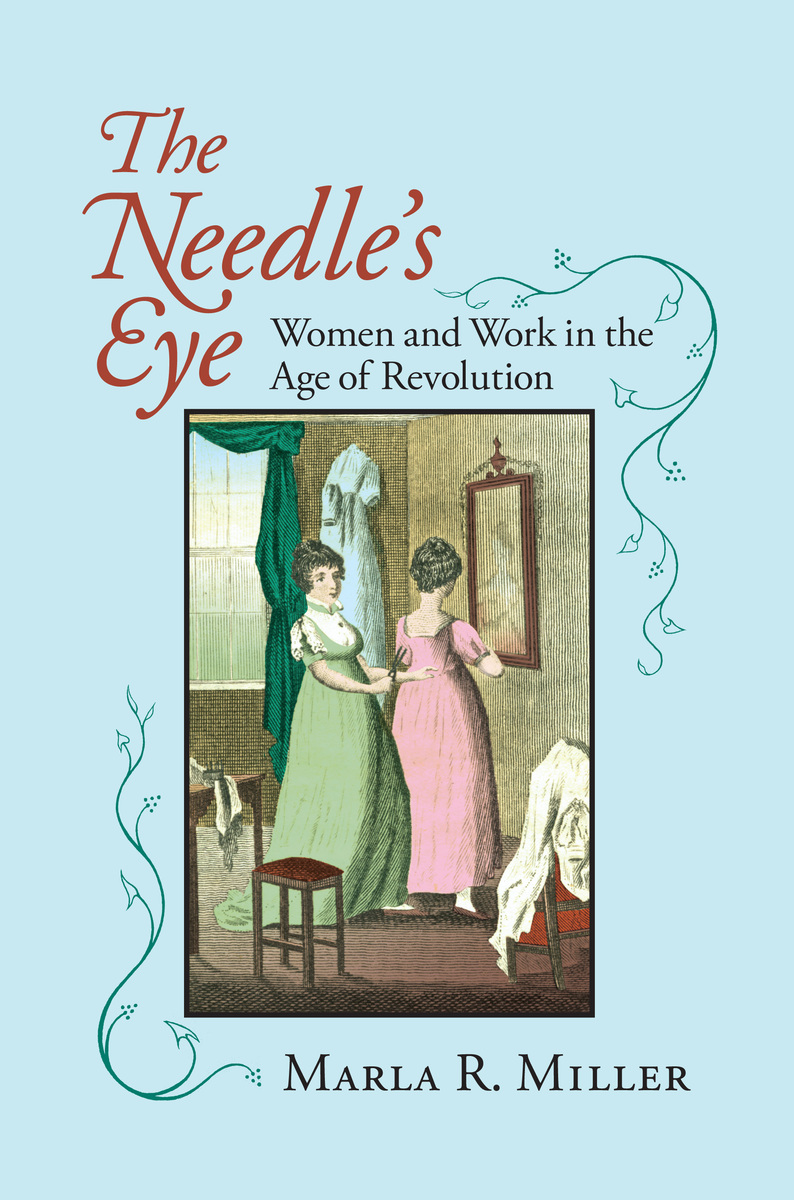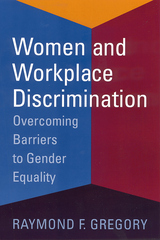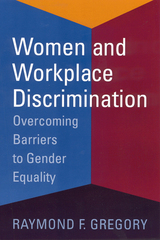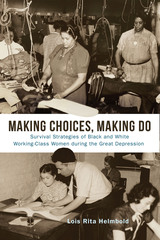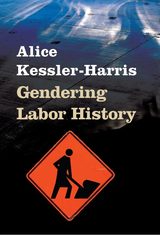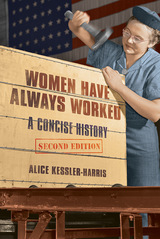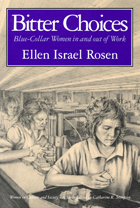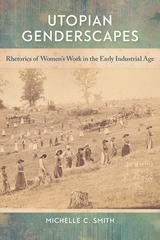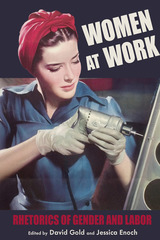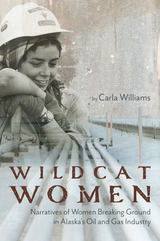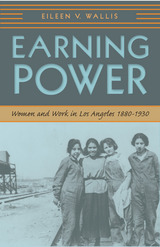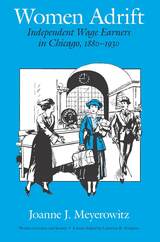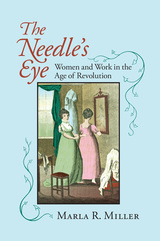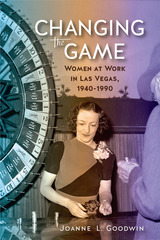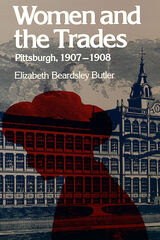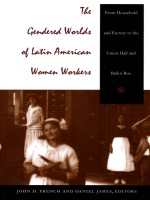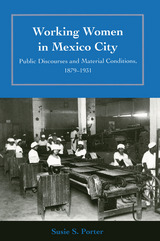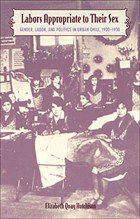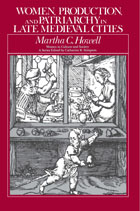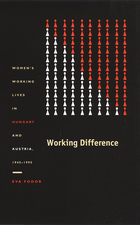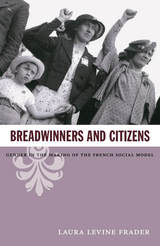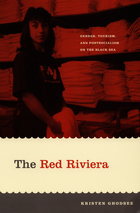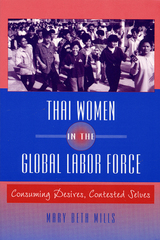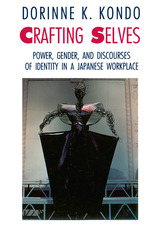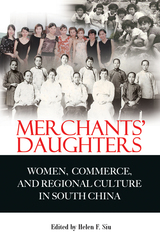The Needle's Eye: Women and Work in the Age of Revolution
University of Massachusetts Press, 2006
eISBN: 978-1-61376-135-9 | Paper: 978-1-55849-545-6
Library of Congress Classification HD6096.H33M55 2006
Dewey Decimal Classification 331.48870974423
eISBN: 978-1-61376-135-9 | Paper: 978-1-55849-545-6
Library of Congress Classification HD6096.H33M55 2006
Dewey Decimal Classification 331.48870974423
ABOUT THIS BOOK | AUTHOR BIOGRAPHY | REVIEWS | TOC
ABOUT THIS BOOK
Among the enduring stereotypes of early American history has been the colonial Goodwife, perpetually spinning, sewing, darning, and quilting, answering all of her family's textile needs. But the Goodwife of popular historical imagination obscures as much as she reveals; the icon appears to explain early American women's labor history while at the same time allowing it to go unexplained. Tensions of class and gender recede, and the largest artisanal trade open to early American women is obscured in the guise of domesticity.
In this book, Marla R. Miller illuminates the significance of women's work in the clothing trades of the early Republic. Drawing on diaries, letters, reminiscences, ledgers, and material culture, she explores the contours of working women's lives in rural New England, offering a nuanced view of their varied ranks and roles—skilled and unskilled, black and white, artisanal and laboring—as producers and consumers, clients and craftswomen, employers and employees. By plumbing hierarchies of power and skill, Miller explains how needlework shaped and reflected the circumstances of real women's lives, at once drawing them together and setting them apart.
The heart of the book brings into focus the entwined experiences of six women who lived in and around Hadley, Massachusetts, a thriving agricultural village nestled in a bend in the Connecticut River about halfway between the Connecticut and Vermont borders. Miller's examination of their distinct yet overlapping worlds reveals the myriad ways that the circumstances of everyday lives positioned women in relationship to one another, enlarging and limiting opportunities and shaping the trajectories of days, years, and lifetimes in ways both large and small. The Needle's Eye reveals not only how these women thought about their work, but how they thought about their world.
In this book, Marla R. Miller illuminates the significance of women's work in the clothing trades of the early Republic. Drawing on diaries, letters, reminiscences, ledgers, and material culture, she explores the contours of working women's lives in rural New England, offering a nuanced view of their varied ranks and roles—skilled and unskilled, black and white, artisanal and laboring—as producers and consumers, clients and craftswomen, employers and employees. By plumbing hierarchies of power and skill, Miller explains how needlework shaped and reflected the circumstances of real women's lives, at once drawing them together and setting them apart.
The heart of the book brings into focus the entwined experiences of six women who lived in and around Hadley, Massachusetts, a thriving agricultural village nestled in a bend in the Connecticut River about halfway between the Connecticut and Vermont borders. Miller's examination of their distinct yet overlapping worlds reveals the myriad ways that the circumstances of everyday lives positioned women in relationship to one another, enlarging and limiting opportunities and shaping the trajectories of days, years, and lifetimes in ways both large and small. The Needle's Eye reveals not only how these women thought about their work, but how they thought about their world.
See other books on: Clothing trade | Miller, Marla R. | Revolution | Social classes | Women artisans
See other titles from University of Massachusetts Press
